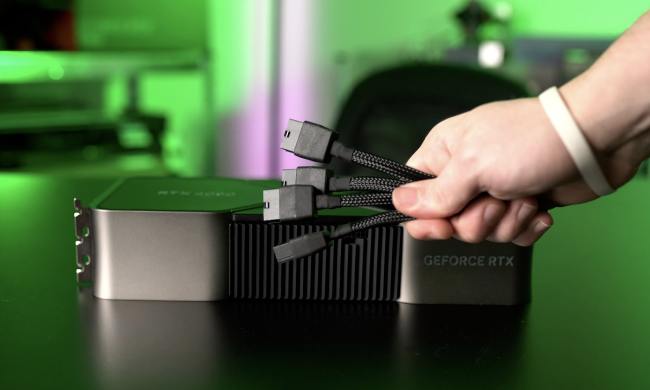Various reports of the Asus ROG Maximus Z690 Hero motherboards burning up have emerged in recent days.
Users have reported the worrying defect on both the Asus ROG forums, as well as the hardware company’s subreddit. At least six reports concerning the problem have appeared. Even individuals who received a unit that was repaired or replaced have experienced the burning issue.

It should be stressed that the Asus ROG Maximus Z690 Hero isn’t just an average Alder Lake motherboard. We’ve named it as “the ultimate Z690 motherboard,” and with a $600 price point, its cost certainly reflects the premium quality of the board.
A user on the Asus forum, Maximumrog57, detailed their experience regarding the burning issue. Following an upgrade to both the BIOS and firmware, the ROG Maximus Z690 Hero motherboard worked without encountering any difficulties for a few days, after which h it made a clanking noise. The next day, the user was stuck with the QCODE 53 error upon booting the motherboard. The QLED color also became orange, while a penny-sized burn mark under the QLED itself appeared as well. It was almost “burnt to a crisp,” subsequently melting the QCODE box slightly.
QCODE 53 is an error pertaining to the wrong placement of memory, in addition to incompatible RAM. However, the user stresses that this specific error popping up doesn’t make sense as the motherboard worked perfectly fine after the initial boot.
The aforementioned user’s experience is shared by several others on Reddit who also detailed their motherboards burning up. Users have also said that their boards are failing in POST, otherwise known as a power-on self-test. The term is associated with a process performed by the firmware after a system is turned on that checks if the onboard components like the RAM and disk drives are functioning properly.
One particular user on the Asus subreddit said their Maximus Z690 Hero board became faulty due to the QCODE 53 error emerging. After using a browser, the user heard a “very audible pop and the system immediately locked up.” The board subsequently started glowing in the upper-right corner, after which the user started to smell burnt electronics.

Another user experienced the same exact problem, with a burning smell coming from the motherboard after browsing the web. This individual then sought to find out if the issue was an anomaly by building another system from scratch. Equipped with an Intel 12700K CPU, another Z690 Hero board, and a new Corsair RM1000x (in case the problem stemmed from the power supply), he rebuilt a PC while “making absolutely certain no wire is being placed incorrectly or sitting where it shouldn’t be.”
After running some checks and playing a video game, the system again experienced a hard shutoff when surfing the web. Instead of burn marks, however, a component on the motherboard was on fire this time.
Several other users on Reddit have reported the same burning issue for the Asus ROG Maximus Z690 Hero motherboard, so this is clearly not an isolated incident.
As noted by Wccftech, there have been reports that these two ICs “4C10B MOSFET” are not related to the DDR5 DIMM slots. That said, others on Overclock.net confirm that certain DDR5 manufacturers are flashing faulty SPD information within XMP profiles for specific kits, which could culminate in excessive voltages causing the board to burn up.
Apparently, the 8011 BIOS for the motherboard improves memory stability and therefore reduces the possibility of QCODE 53.
YouTube channel Actually Hardcore Overclocking dug into the situation a bit more, suggesting that the overheating problem could be pinned to one capacitor on the board being installed backward in the factory on some boards.
In any case, though, we would recommend anyone who has a Maximus Z690 Hero to proceed with caution while using this board due to this defect until a permanent solution is found or when Asus officially addresses the issue.



